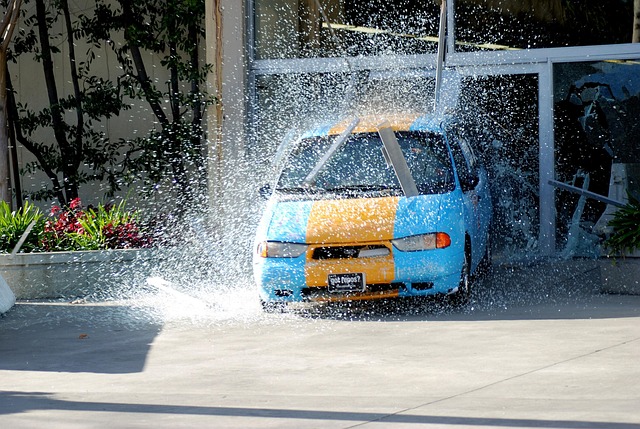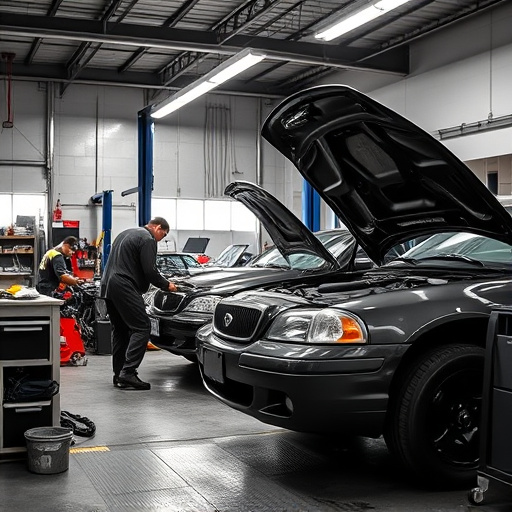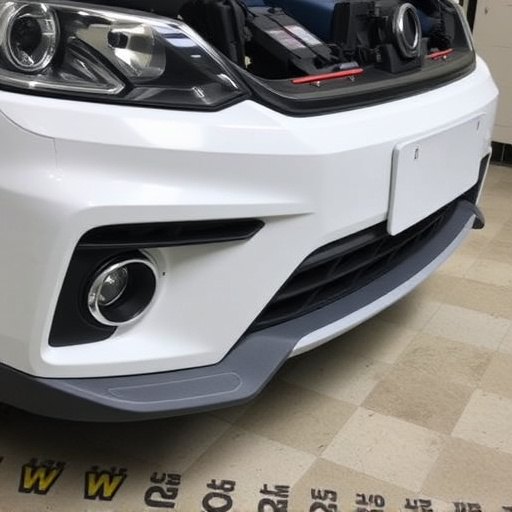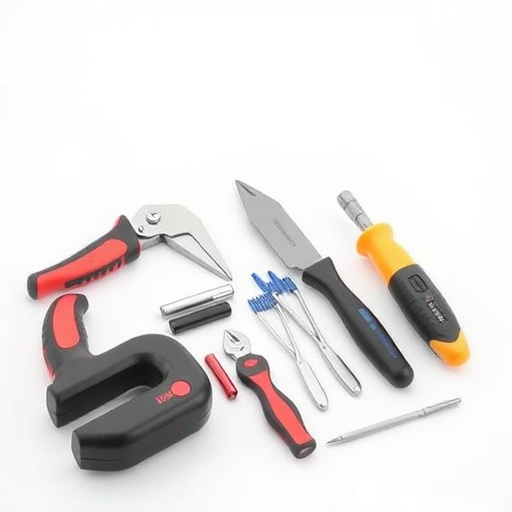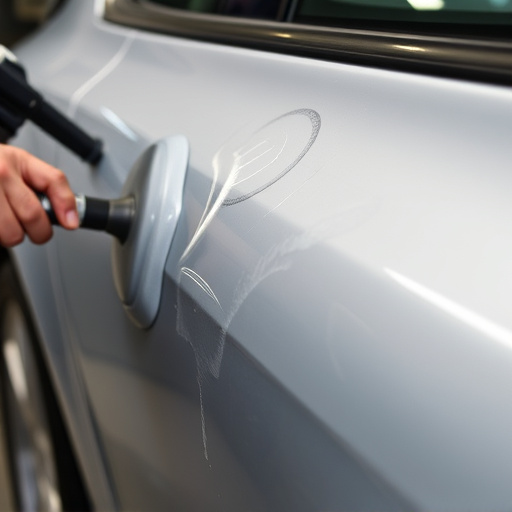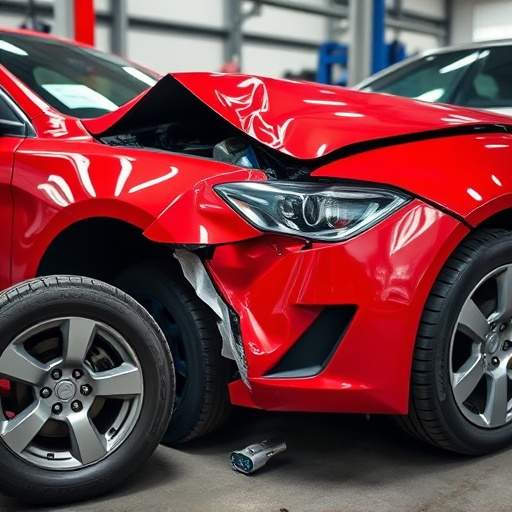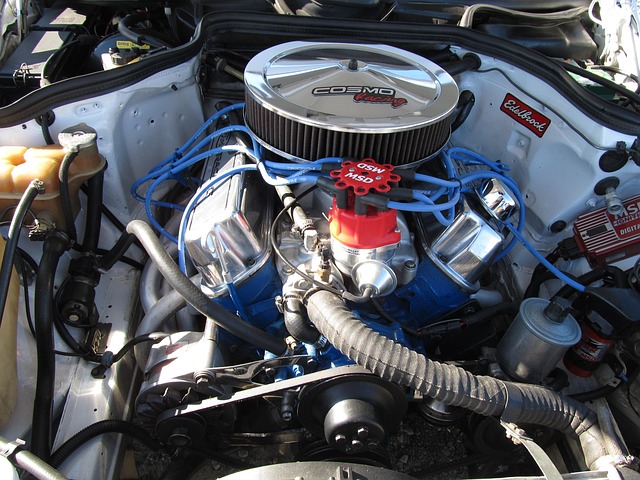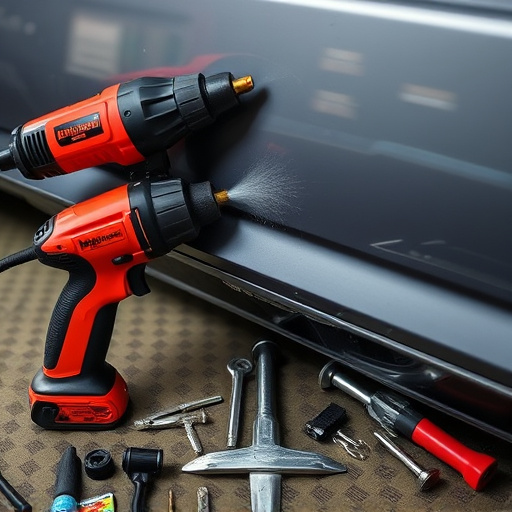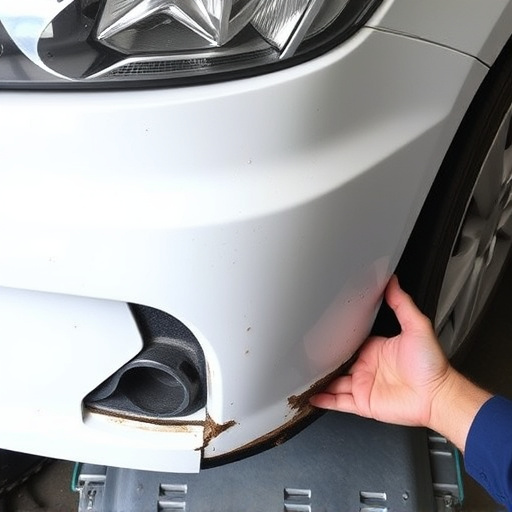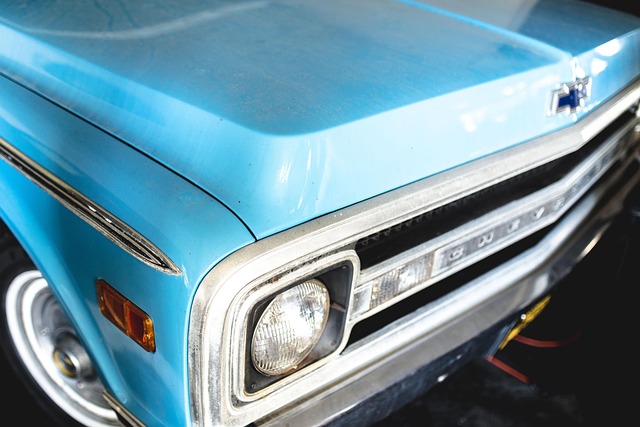The automotive industry's shift towards sustainability drives the evolution of water-based auto paint, reducing environmental impact while offering faster drying times, reduced odor, and simplified application. This technology enhances vehicle bodywork durability with better adhesion, improved resistance to chipping and fading, and extended corrosion protection. Advanced spray guns and robotic systems further revolutionize application techniques, streamlining workflows and delivering high-quality finishes promptly for both professional and DIY enthusiasts.
Water-based paint technology is evolving rapidly, particularly in the automotive industry. This article explores three key aspects of these changes: evolving formulas for water-based auto paint, environmental impact and sustainable solutions, and advancements in application techniques and tools. Discover how these innovations are enhancing performance, reducing environmental footprint, and streamlining painting processes. Stay ahead with the latest trends redefining the future of water-based auto paint.
- Evolving Formulas for Water-Based Auto Paint
- Environmental Impact and Sustainable Solutions
- Advancements in Application Techniques and Tools
Evolving Formulas for Water-Based Auto Paint
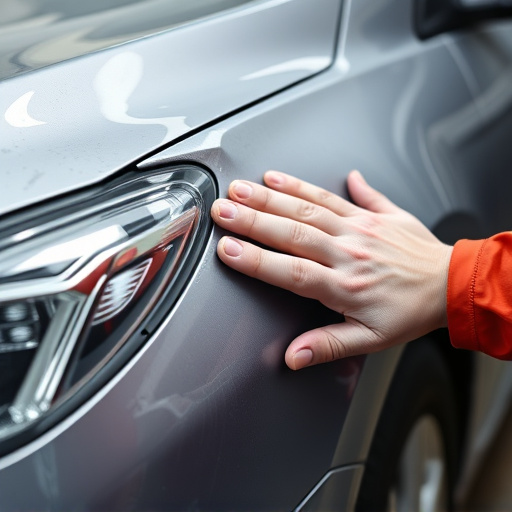
The evolution of water-based auto paint is a testament to the industry’s relentless pursuit of sustainability and efficiency. Modern formulations are seeing significant advancements, with an emphasis on reducing environmental impact while maintaining superior performance. Traditional oil-based paints are being replaced by water-soluble alternatives that offer faster drying times, reduced odor, and minimal VOC (volatile organic compound) emissions. This shift is not just beneficial for the environment but also for auto repair near me shops, as water-based paint typically requires less specialized equipment and can be easier to apply and maintain.
Additionally, these new formulas are designed to enhance the durability and longevity of vehicle bodywork. They provide better adhesion, improved resistance to chipping and fading, and enhanced protection against corrosion. This not only boosts the overall aesthetics of vehicles but also extends the lifespan of auto painting jobs, making them a popular choice among both professional painters and DIY enthusiasts looking to refresh their vehicle’s exterior.
Environmental Impact and Sustainable Solutions
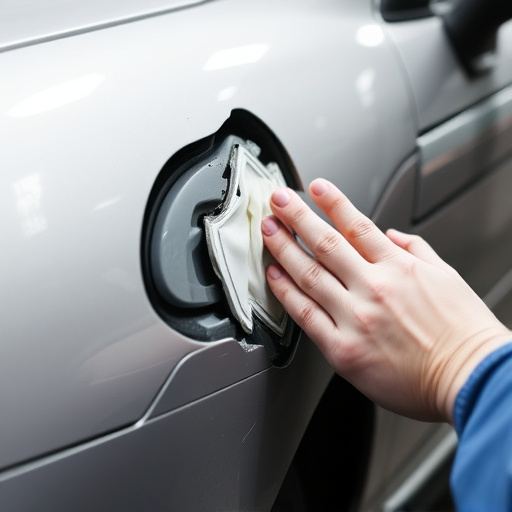
The automotive industry’s shift towards sustainability has led to a significant focus on water-based auto paint technology. Traditional solvent-based paints have long been associated with harmful environmental impacts, including volatile organic compound (VOC) emissions and hazardous waste generation during manufacturing and disposal. Water-based auto paint offers a greener alternative by reducing these negative effects. This innovative technology utilizes water as the primary carrier instead of solvents, leading to lower VOC emissions and minimizing the ecological footprint.
Moreover, water-based paints are not just environmentally friendly but also practical for fender repair and automotive body work. Their fast drying time and ease of application make them a popular choice among professionals and enthusiasts alike. This technology not only contributes to cleaner air and water but also simplifies the auto painting process, making it more accessible and cost-effective for various projects, from minor repairs to complete vehicle transformations.
Advancements in Application Techniques and Tools
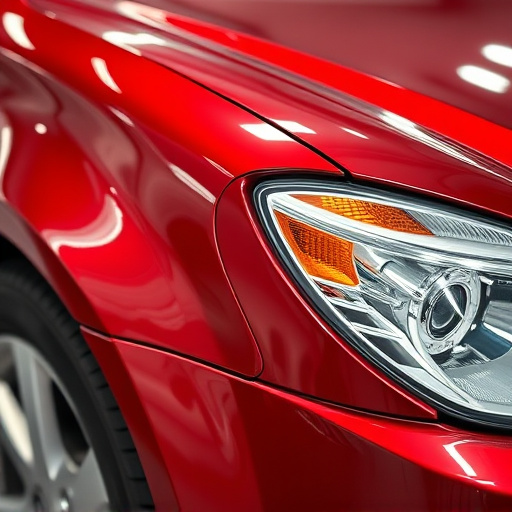
The evolution of water-based auto paint technology has brought about significant changes in application techniques and tools. One notable advancement is the introduction of advanced spray guns that offer greater precision and control, enabling professional applicators to achieve seamless finishes on complex automotive surfaces. These modern tools are designed to reduce overspray, ensuring efficient use of paint and minimizing environmental impact—a crucial aspect for eco-conscious auto repair shops.
Furthermore, innovative application methods now incorporate robotic systems, enhancing consistency and speed in vehicle body repair processes. This technology is particularly beneficial for large-scale auto glass repair operations, where rapid and accurate painting is essential. With these advancements, auto repair shops can streamline their workflows, reduce labor costs, and ultimately deliver high-quality finishes to their customers more promptly.
The future of water-based auto paint looks promising, with continuous innovations driven by environmental considerations and enhanced application technologies. As manufacturers strive for more sustainable solutions, these advancements not only reduce the ecological footprint but also offer improved performance and versatility in the automotive industry. With each evolution, we move closer to a greener and more efficient painting process, ensuring that water-based auto paint remains a game-changer in the market.


